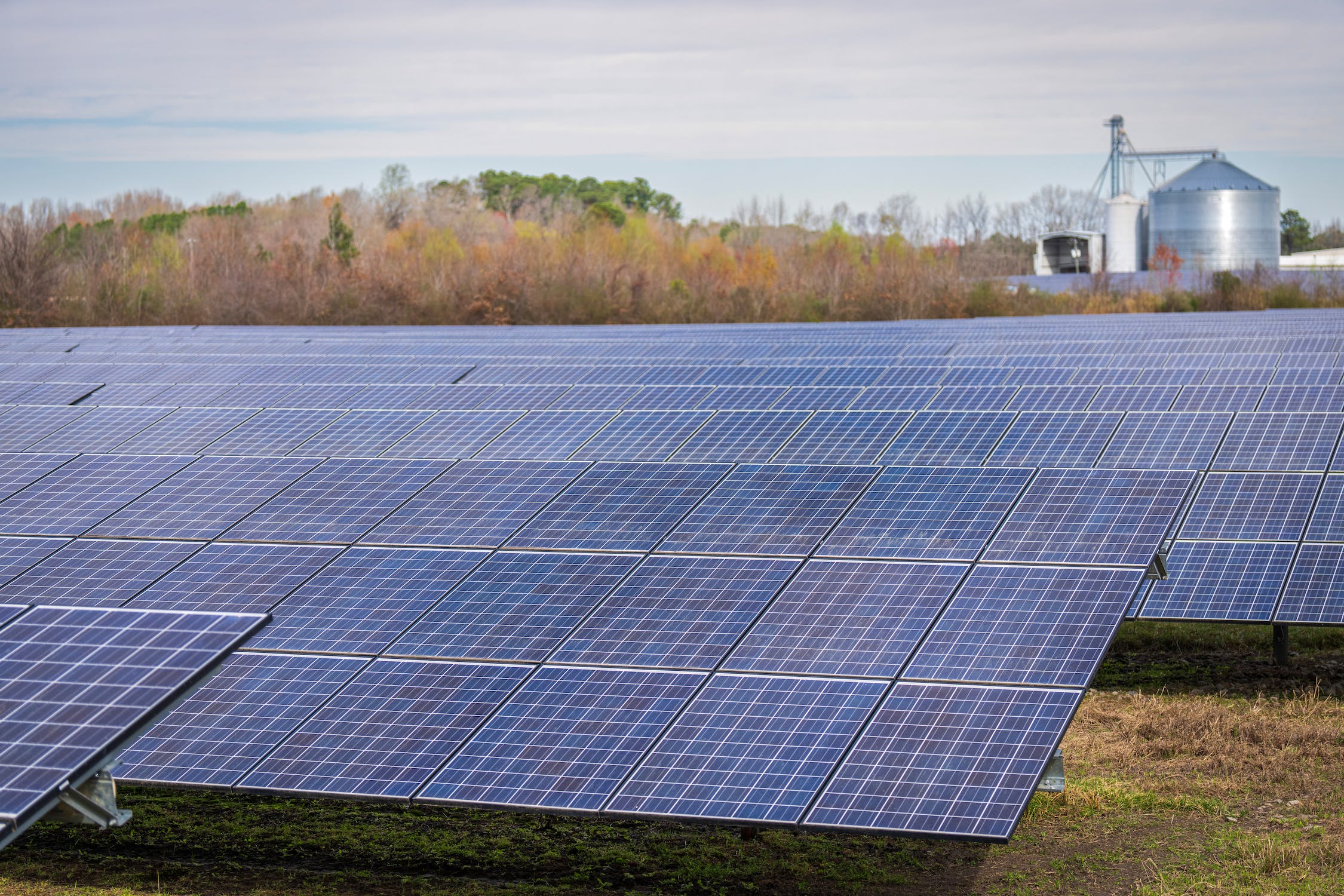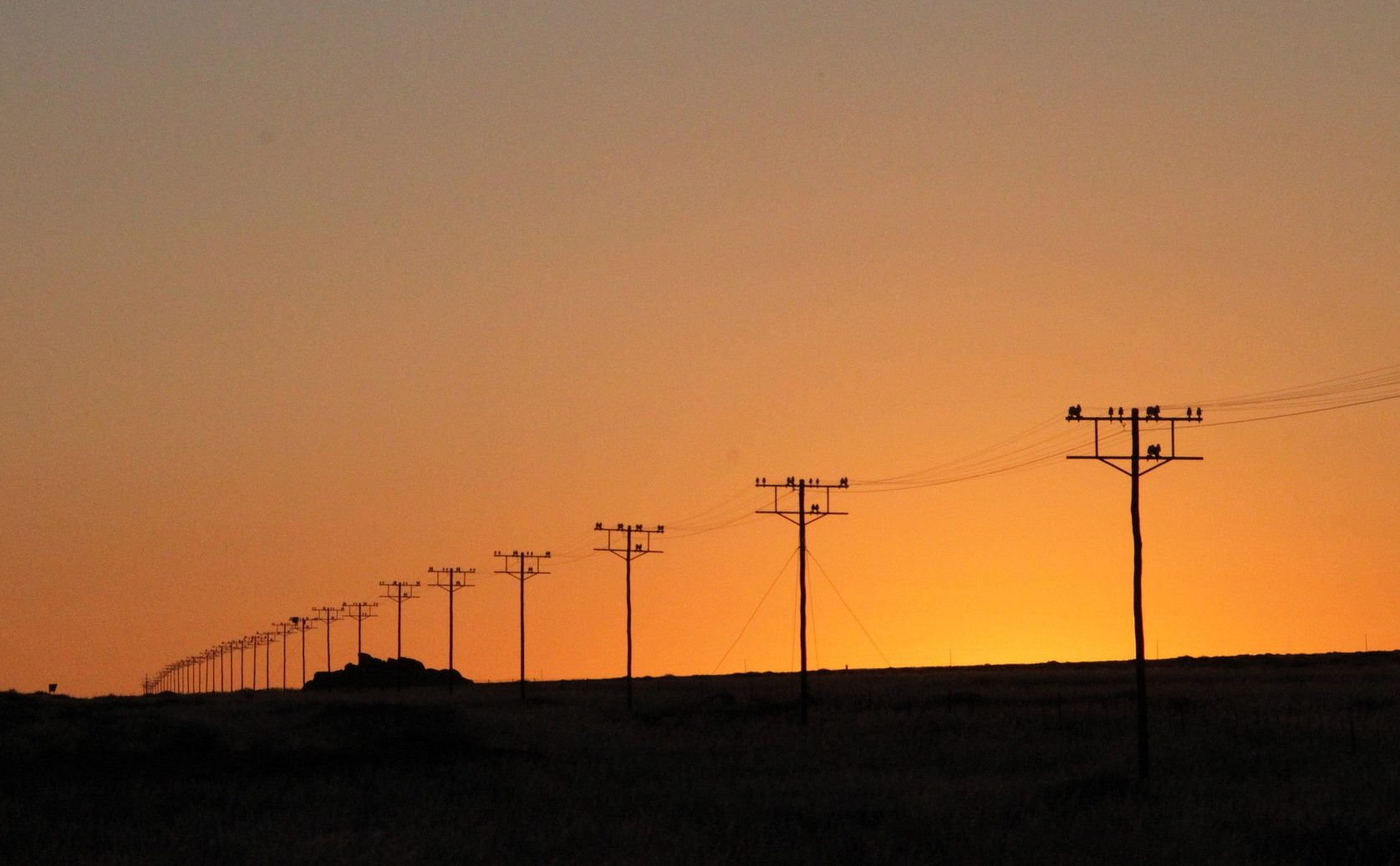
Hungary currently has 5,600 megawatts of solar power plants.Continue reading

Hungary is already facing electricity supply challenges, and electricity demand is expected to grow even further in the 2030s. One of the tell-tale signs is the peak of 7441 MW measured around 5:15 p.m. on January 22, 2024, that is 45 MW higher than the peak value two years ago, nuclear energy expert and engineer Zsolt Hárfás told Magyar Nemzet.
Of the new historic high, imports amounted to 3,196 MW, making the share of imported energy 43 percent, which, in Zsolt Hárfás’s opinion, already poses a risk to supply and even national security. For last year as a whole, the share of imports was almost 26 percent, and this cannot be considered low either.
It is worth noting here, according to the expert, that
last year the absolute peak in imports was 3,766 MW, and the share was 63 percent, while the new Paks units will have a generating capacity of “only” 2,400 MW.
Given the ratios, it is no longer a question of whether they are needed, the return on the investment is a foregone conclusion, and the cost of production is much lower than imports.

Nuclear plant in Paks. Photo: Facebook/MVM Paksi Atomerőmű Zrt.
Indeed, while wholesale electricity prices in the 2010s ranged from EUR 30-60/MWh, the annual average daily price has risen to nearly EUR 272/MWh in 2022 as a consequence of the Russian-Ukrainian conflict, dropping to EUR 107/MWh last year, but still very high.
Future price increases are inevitable, as consumption in European countries is expected to grow significantly, while huge amounts of capacity, mostly coal-fired, will be taken out of production mostly for environmental reasons.
Furthermore, new gas-fired plants will have to be built to dispatch weather-dependent renewables, making electricity generation even more expensive. On top of that, there are the grid development costs, the expert noted, adding that in comparison, Paks II will cost around EUR 50-55/MWh over its full 60-year lifetime, based on previous calculations.
With electricity prices expected to continue to rise and the incredibly low unit cost of nuclear energy, the Paks II investment will help to sustain low domestic utility costs in the long term,”
Hárfás pointed out.

Construction site of Paks II. Photo: Facebook/Paks II. Atomerőmű Zrt.
On the energy mix, the expert said that at the time of the new historic peak in 2024, gas-fired power plants and coal were of critical importance in addition to imports, alongside the production of the Paks nuclear power plant (2,022 MW). While wind power contributed 129 MW out of an installed capacity of about 325 MW, solar power contributed only 0.03 MW to the system, and the installed capacity of industrial-scale solar power was already about 3,300 MW. Household-scale solar power (with a total capacity of 2,200 MW) was also not available, as the peak was measured at a time when energy consumption is already higher.
Therefore, the aim is to achieve a healthy energy mix, whereby the electricity needed to meet future demand is predominantly generated by domestic power plants, thereby minimizing import exposure.
In the 2030s, half of the domestic electricity demand could be provided by the Paks nuclear power plant and Paks II, while renewable energy sources and gas-fired power plants, for instance, will play an essential role,” said Hárfás.
Two years ago, the expert already indicated that in the medium term, it might be necessary to build another nuclear power plant unit at a new site. These could be high-capacity units or even small modular reactors. This would also be worthwhile, he said, because in certain periods, “when solar and wind power generation is optimal,” Hungary will also be in an export position.
Via Magyar Nemzet, Featured image: Pixabay